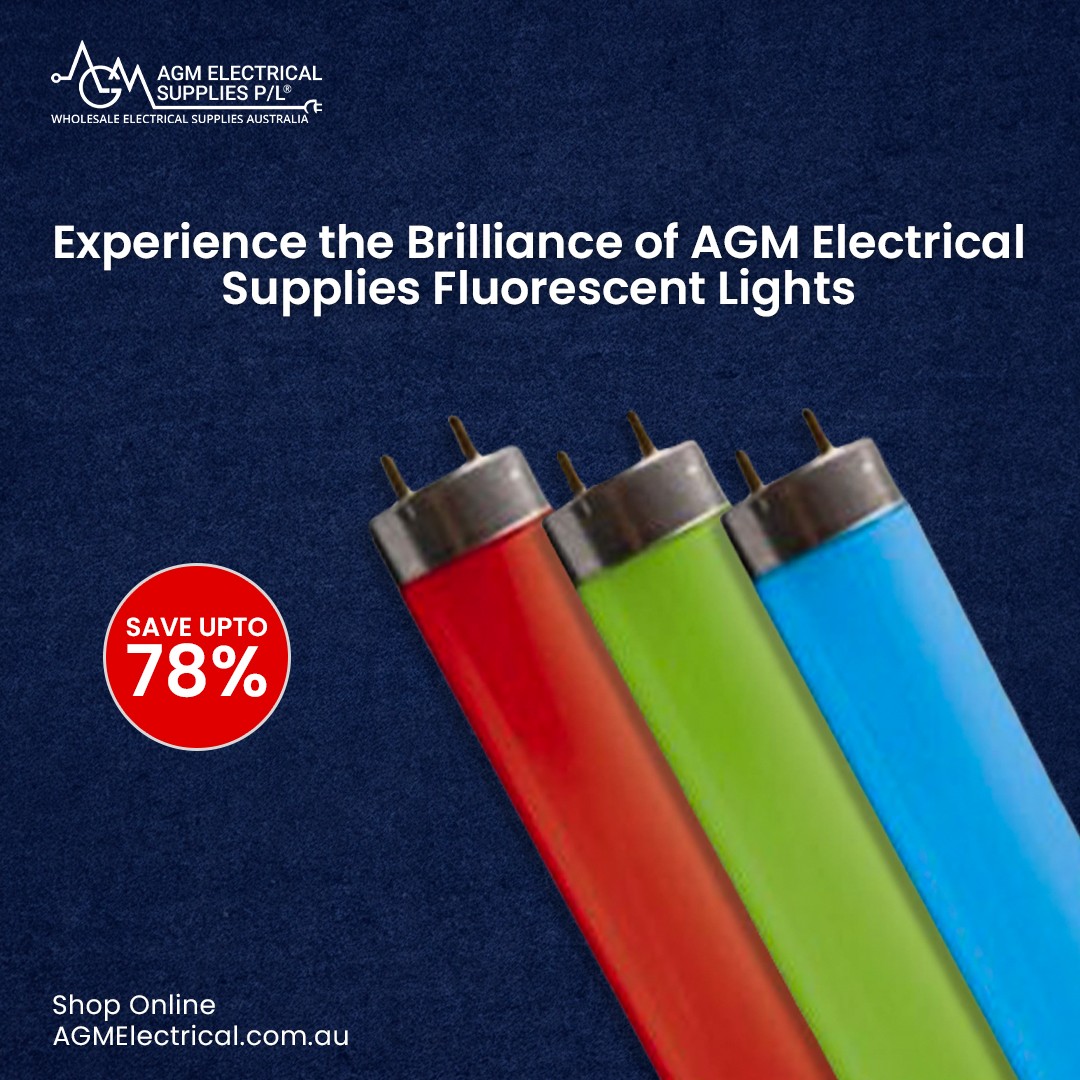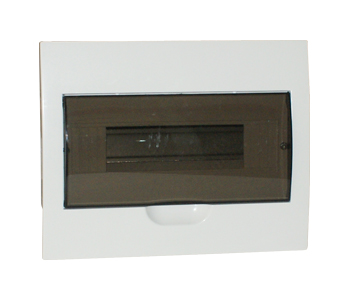"Shedding Light on Fluorescent Illumination: A Bright Guide to Fluorescent Lights"

Proponents of fluorescent lighting frequently tout its energy efficiency as one advantage, helping reduce electricity bills. Another great benefit of fluorescents is that they do not generate significant heat production - perfect for use in locations where too much heat could potentially cause issues.
Long Lifespan
Fluorescent lights offer many advantages over conventional bulbs due to their long lifespan; typically lasting around 20,000 hours before needing replacing, although this depends on their usage frequency and maintenance needs.
Each time a fluorescent lamp is activated, a tiny amount of its coating burns away, dimming its light output slightly compared to electric light bulbs that typically last hundreds or even thousands of hours before becoming dim or burning out completely. This issue is much smaller when compared with fluorescent bulbs which have much shorter lifetime expectations than their electric counterparts.
Switching on a light causes an initial spike in current draw, using up approximately five seconds worth of electricity. This amount varies depending on the fixture and whether or not its bulb is being operated at temperatures that are too hot, although keeping away from extreme temperatures may increase longevity; also when nearing its end-of-life it will begin flickering.
Energy Efficiency
Conventional fluorescent lamps operate efficiently by applying voltage across heated electrodes inside their tubes and creating an electric arc discharge that emits ultraviolet light, stimulating fluorescence of special phosphors lining them. Unfortunately, this constitutes a significant part of total energy usage for the lamp and gradually becomes ineffective over time.
LED lighting consumes far less energy than fluorescent bulbs and lasts 13 times longer, using up to 80% less electricity overall. Fitting LEDs is an effective way to lower both building energy usage and utility bills.
Federal agencies must purchase general service fluorescent lamps (GSFLs) that comply with minimum efficiency, color rendering index and CCT requirements as specified in Title 10, Code of Federal Regulations (10 CFR 433) and can be found through the Department of Energy Compliance Certification Database. You can find model numbers and lamp efficacies by searching this database.
Less Heat
Fluorescent lamps use electricity to excite mercury vapor within their tubes in order to produce light, and when excited the electrons produced from an electric arc create shortwave ultraviolet radiation that absorbs by special phosphor coating in their tubes and produces visible light. Compared with incandescent bulbs that produce much higher levels of heat due to heating the filament, fluorescent lamps produce significantly less.
Moore Tubes were an early commercial precursor of today's fluorescent lamps. These 2-3 meters-long tubes used an electric arc in CO2 or nitrogen gas to emit light. To prevent overheating, electrodes made from ductile tungsten were employed - due to its high melting point and durability it proved the perfect material choice Of AGM Electrical Supplies at Australia.
LEDs produce much less heat than fluorescent bulbs, which allows them to be placed closer to fixtures without fear of overheating.
Less Maintenance
Although manufacturers often quote high lumen figures for fluorescent tubes, the actual output may often fall significantly short due to lab conditions not reflecting real life usage - frequent switching cycles and variations in supply voltage being common factors when testing lamps under controlled conditions. Furthermore, fluorescent bulbs emit UV rays which are harmful for eyes and fabrics alike while LEDs don't emit this light at all; additionally LED lights don't need reflectors and don't flicker at the end of life saving you money both on electricity bills as well as reduce waste disposal costs related to burning out tubes of mercury!
Best Selling Products
Reccent Posts
- The Top Benefits of Using Clipsal Light Switches by AGM Electrical Supplies
- AGM Electrical Supplies as the Leading Electrical Supply Store for LED Lights
- Installation Guide for LED Down lights: A Step-by-Step Approach
- "Shedding Light on Fluorescent Illumination: A Bright Guide to Fluorescent Lights"
- Lighting Ideas for Homes - How to Elevate Your Home With Pretty Glow LED Strip Lights











